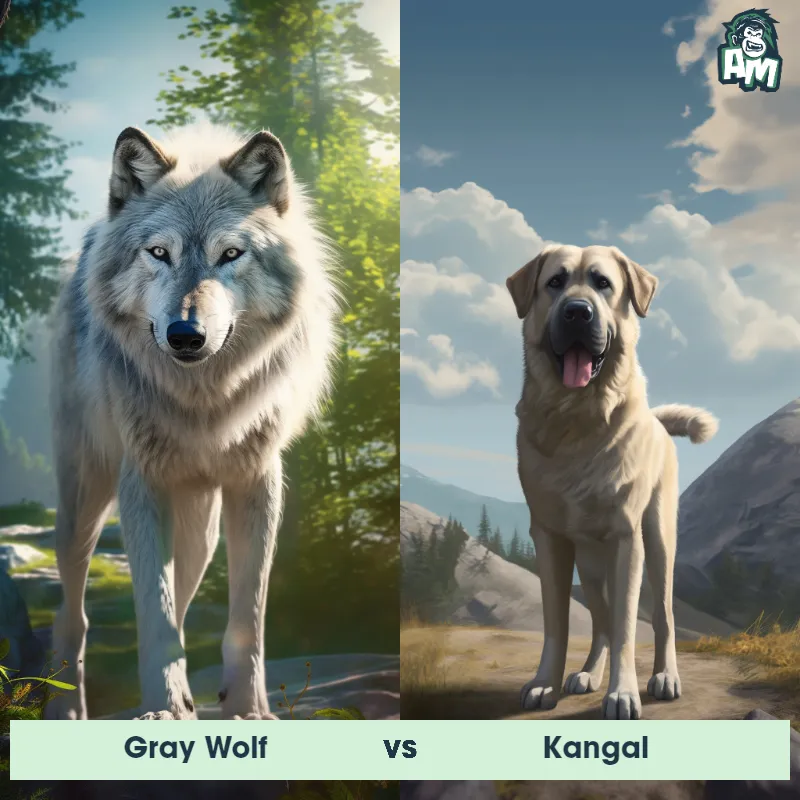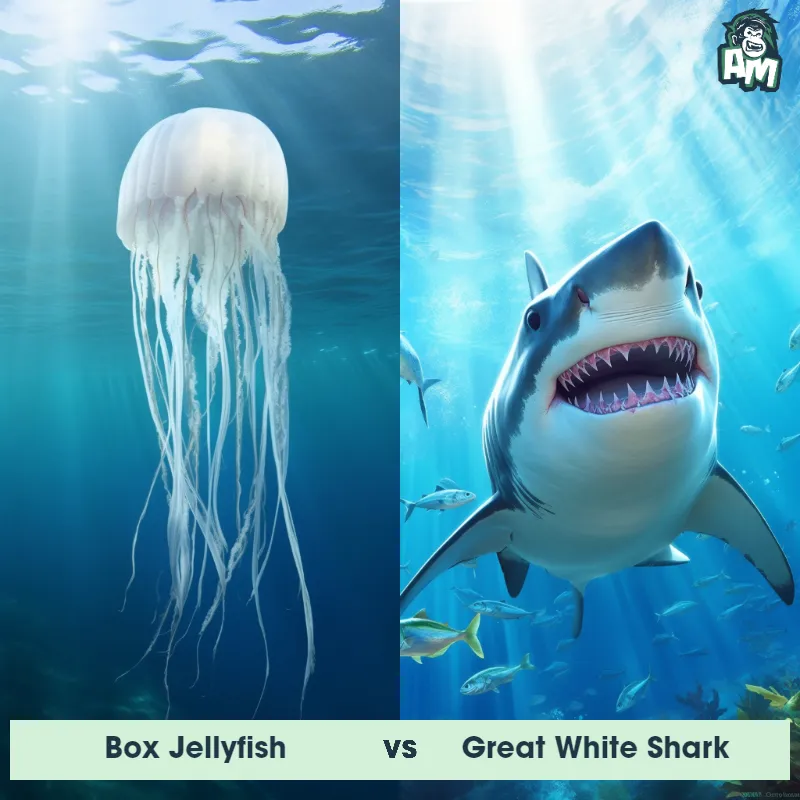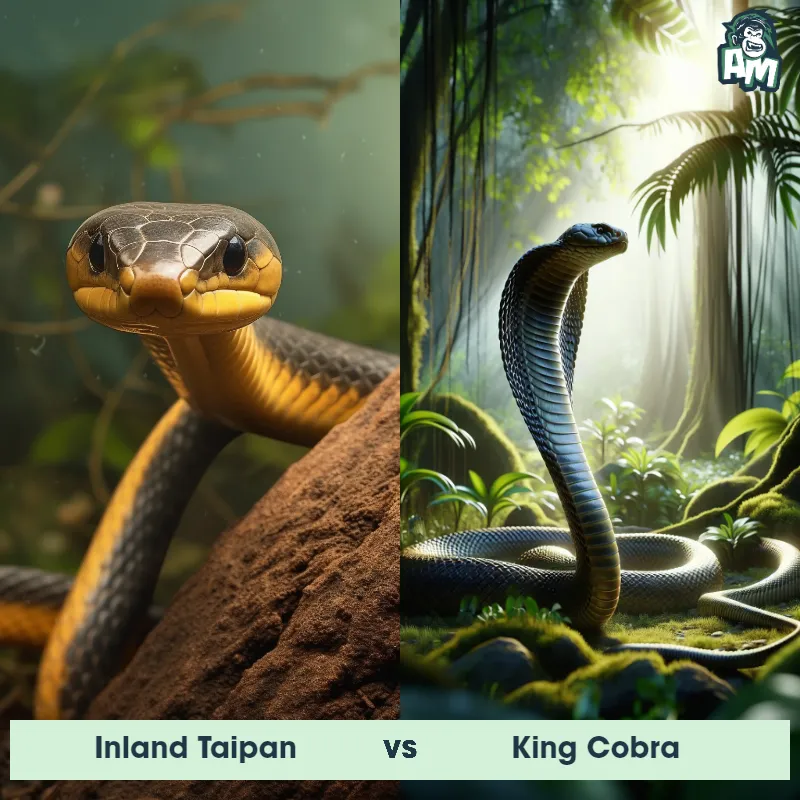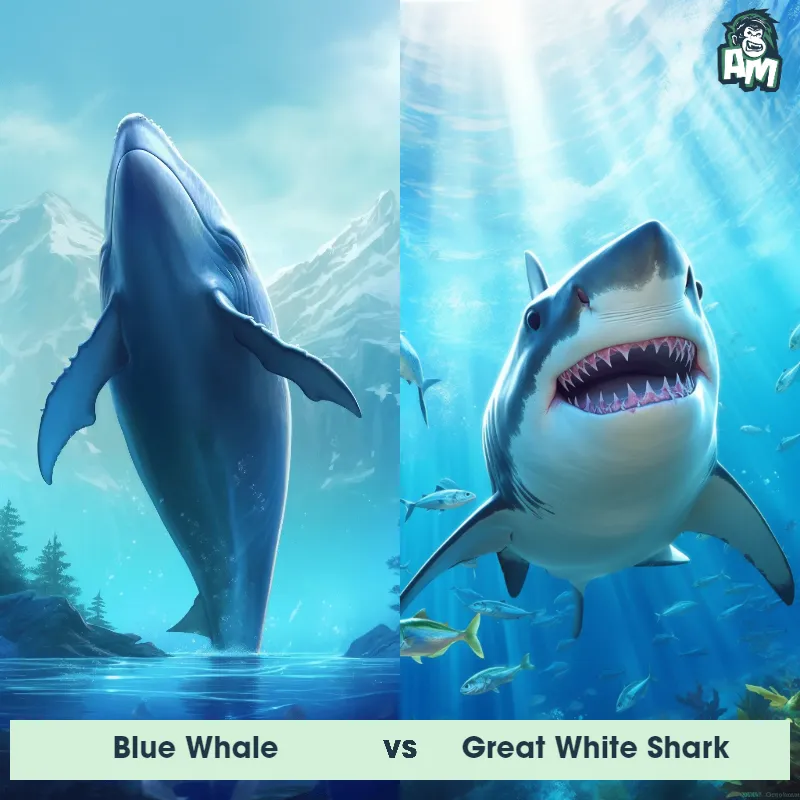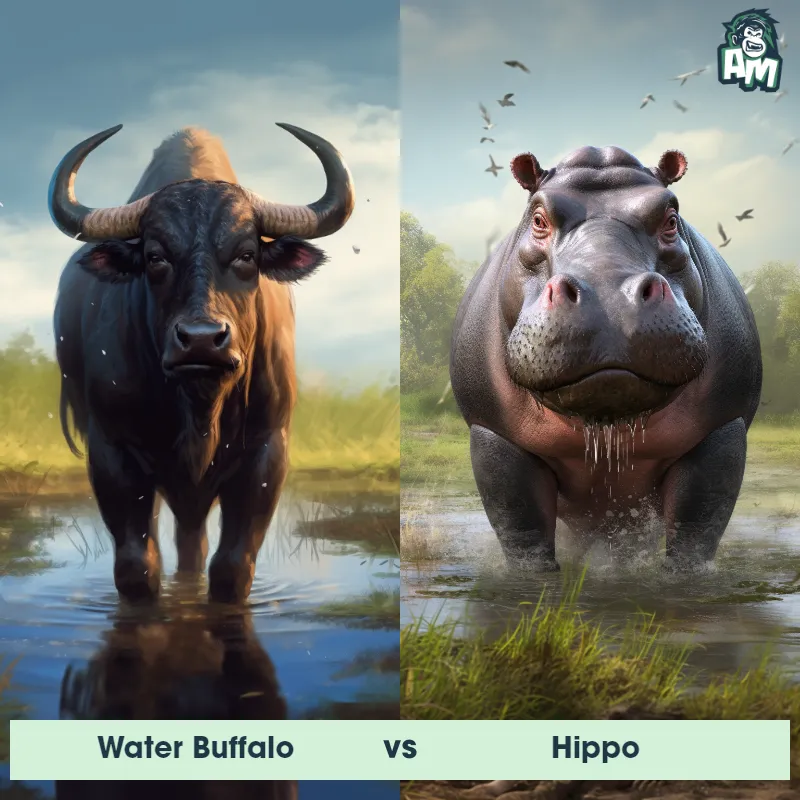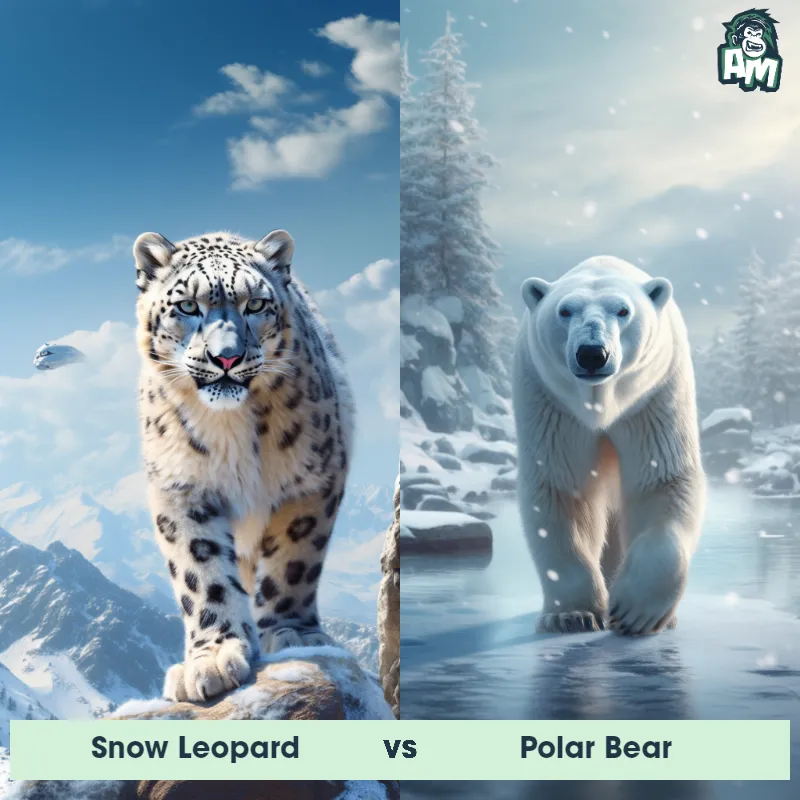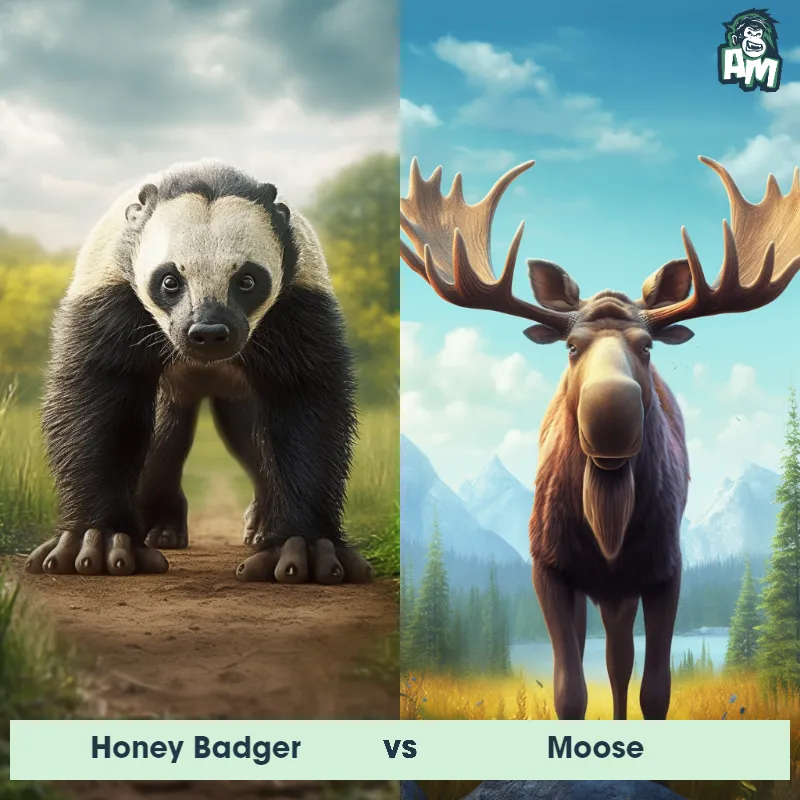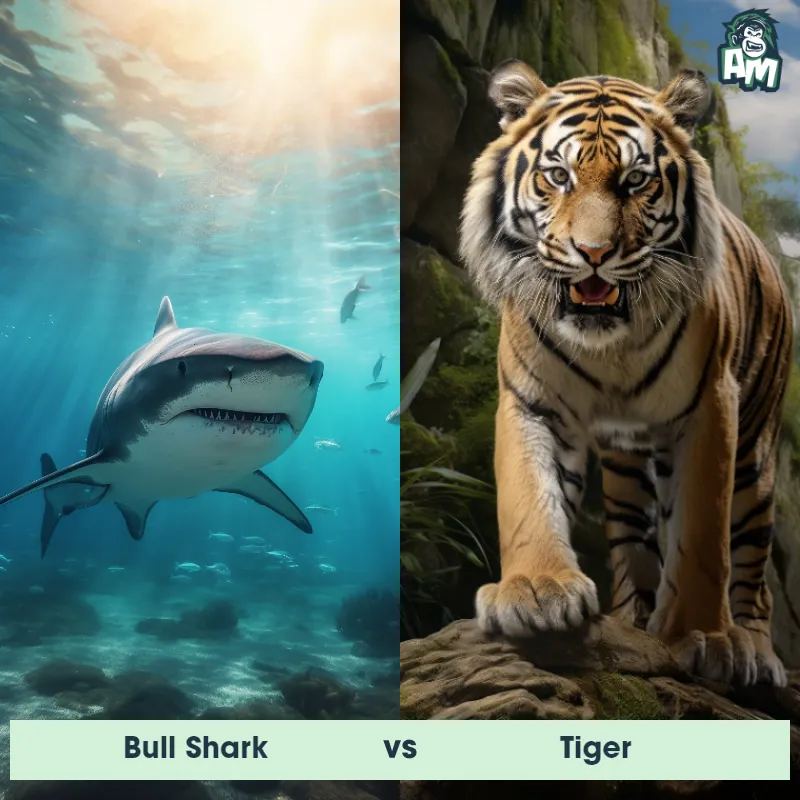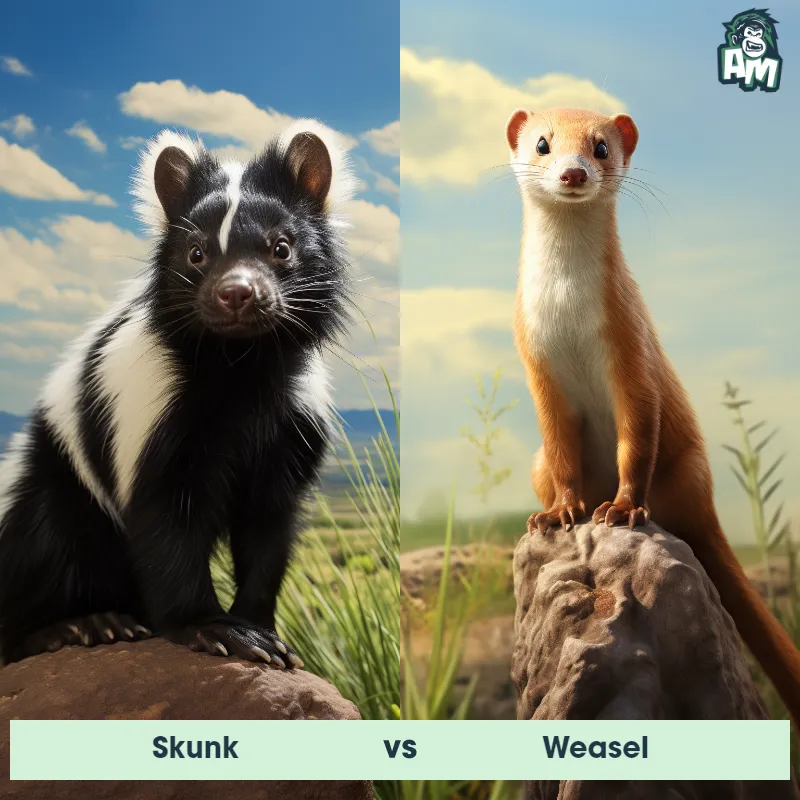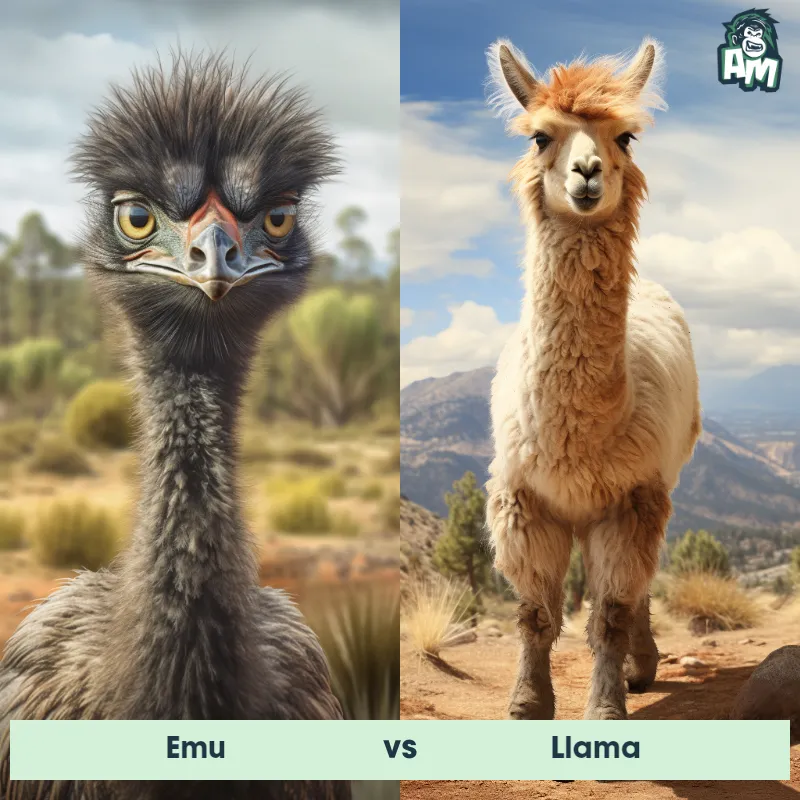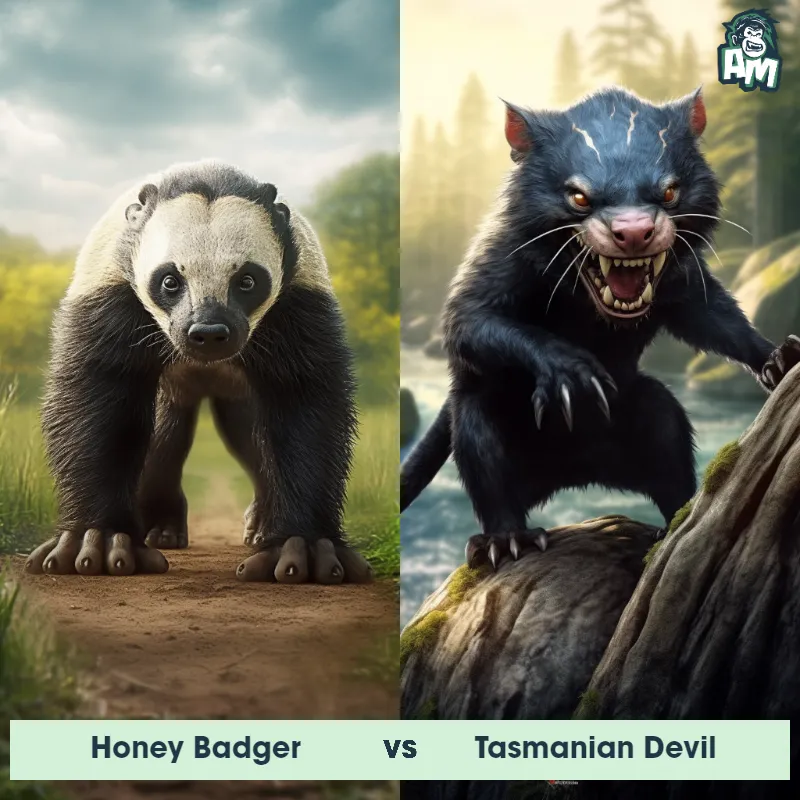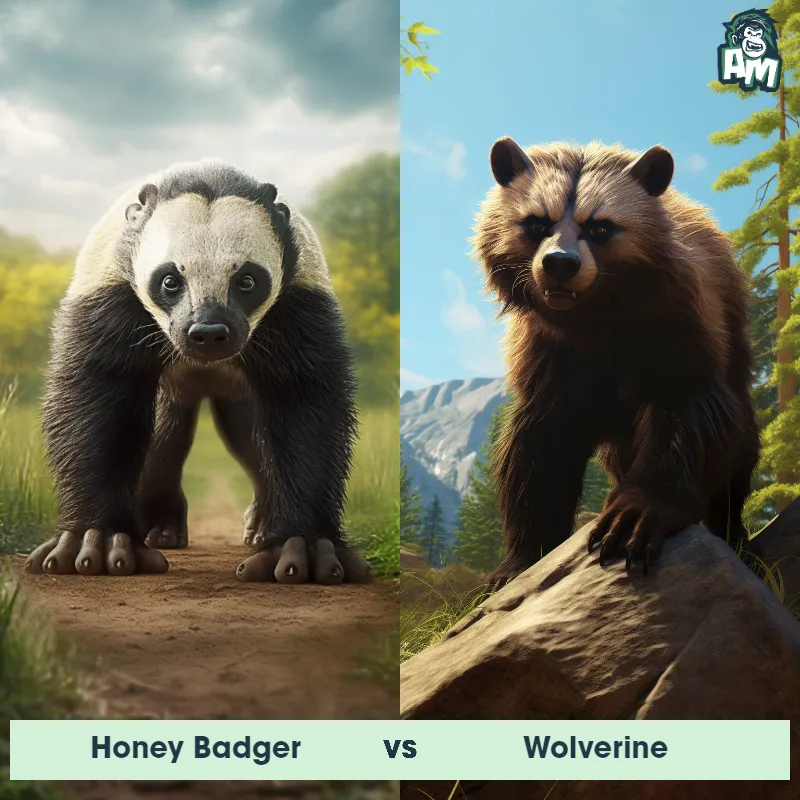Lynx vs WolverineSee Who Wins

Prepare for a thrilling duel as the snowy forests' elusive hunter meets the indomitable force of the wilderness! In one corner, the agile and keen-eyed Lynx, and in the other, the fearsome and tenacious Wolverine. It's a battle of agility versus strength!
Contender 1: Lynx
The Lynx is a medium-sized wild cat with distinctive tufted ears, short tail, and spotted fur. They have powerful legs and sharp claws, which make them excellent hunters. Lynx are solitary animals and are found in forests and mountainous regions across Europe, Asia, and North America.
Fun Fact: Lynx have excellent hearing and can detect prey up to 75 feet away, even under a thick layer of snow.
Contender 2: Wolverine
The Wolverine, also known as the Gulo gulo, is a stocky and muscular mammal that belongs to the weasel family. They have a thick, dark brown fur that helps them survive in cold environments. Wolverines have sharp claws and powerful jaws that allow them to hunt and scavenge for food. They are known for their ferocity and tenacity, and are able to take down prey much larger than themselves.
Fun Fact: Wolverines have a reputation for being tough and fearless, and are known to attack animals much larger than themselves, such as moose and caribou.
Matchup Stats
| Lynx | Wolverine | |
|---|---|---|
| Size | 18-24 inches (45-60 cm) at the shoulder | 26-34 inches (66-86 cm) in length |
| Weight | 18-24 pounds (8-11 kg) | 22-55 pounds (10-25 kg) |
| Speed | Speed: 50 mph (80.47 km/hr) | Speed: 30 mph (48.28 km/hr) |
| Key Strength | Powerful legs and sharp claws | Powerful jaws and sharp claws |
| Biggest Weakness | Short tail | Short legs and slow movement |
Current Votes
Lynx vs Wolverine
See Who Wins
View More Matches
Looking For More?
Similar Matches
Scientific Stats
| Lynx | Wolverine | |
|---|---|---|
| Scientific Name | Lynx | Gulo gulo |
| Family | Felidae | Mustelidae |
| Habitat | Forests and mountainous regions | Forests, tundra, and alpine meadows |
| Geography | Europe, Asia, and North America | North America, Europe, and Asia |
| Diet | Small mammals, birds, and fish | Carnivorous, feeding on small mammals, birds, fish, and carrion |
| Lifespan | 10 years - 15 years | 5 years - 13 years |
Key Differences between Lynx and Wolverine
- Fur Coloration: Lynx have a distinctive coat of fur that varies in color depending on the species and region. They commonly have a grayish-brown or reddish-brown coat with spots or stripes. Wolverines, on the other hand, have a more uniform dark brown or blackish-brown fur.
- Size: Lynx are generally smaller in size compared to Wolverines. Lynx typically measure around 80-100 centimeters in length, while Wolverines can reach lengths of up to 100-140 centimeters.
- Facial Features: Lynx have a well-defined facial ruff, consisting of longer fur around their face, which gives them a "bearded" appearance. Wolverines, however, lack this facial ruff and have a more plain and compact face.
- Body Shape: Lynx have a slender and agile body shape, with long legs and a short tail. In contrast, Wolverines have a stocky and robust build, with short legs and a bushy tail.
- Ear Tufts: Lynx have prominent tufts of black fur on the tips of their ears, which are thought to enhance their hearing abilities. Wolverines do not possess these ear tufts and have relatively smaller ears in proportion to their head size.
- Claws: Lynx have sharp retractable claws that they use for climbing and hunting. Wolverines have non-retractable, powerful claws that are adapted for digging and tearing through tough prey or carcasses.



